A medieval-inspired flat-pack solution to storing food in our camp kitchen.
Dry goods and equipment were quickly taking over every available table in our medieval camp kitchen – we needed a better solution! We admired a similar cupboard that our friend Master Edward Braithwate had made for his camp kitchen and decided we needed one too…
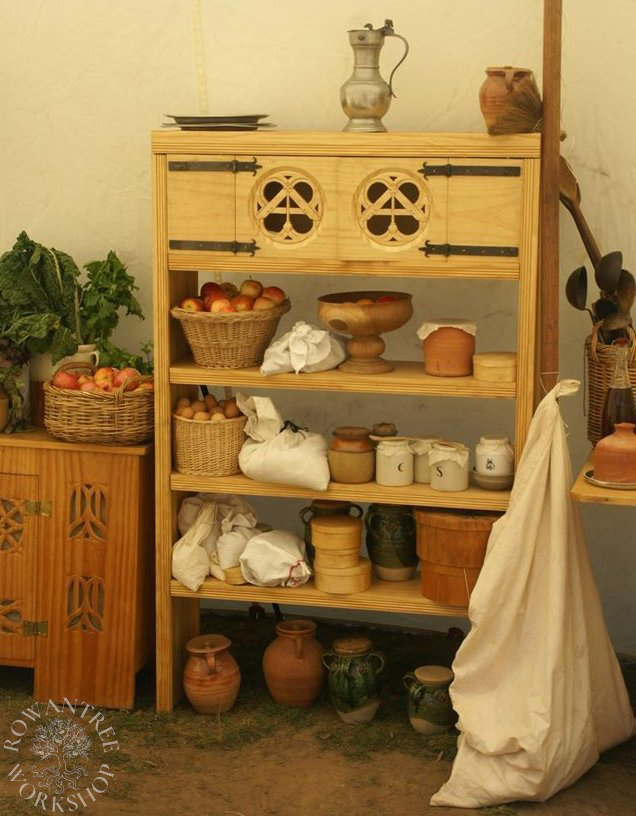
The cupboard had to meet several requirements:
- Stable enough to store foodstuffs and breakable items
- Lightweight
- Reasonably medieval-looking
- Pack flat for storage.
Research and Design
This project was more about practicality than authenticity – the cupboard needed to hold a lot of stuff and pack flat for transport. In his Opera, Scappi details all the equipment needed to run a 1570s camp kitchen on a grand scale, with gear packed into wicker hampers, partitioned crates, wooden tubs and chests (Scully 2008).
When the Pope travelled, Scappi typically moved camp every day, but we needed something we could set up for a week or two.
The design for this was closely modelled on Master Edward’s example, but I spent a bit of time looking at period cupboards, buffets and credenza. Open shelving can be seen in Romanesque miniatures, but shelves with doors and cupboards don’t start to appear until the 15th century. Medieval & Renaissance Interiors (Oledzka 2016) notes that their real popularity started in the 16th century.
The combination of a closed cupboard above and one or more shelves below can be seen in these 15th century miniatures.

British Library Add MS 31835 f.1v
Source: Oledzka 2016

Source: British Library Add. MS 35313 f.33v (no link available until BM Cyberattack issues resolved)
Our cupboard is much taller than these examples, and has many more shelves. A simple set of shelves would do the job, but the closed cupboard at the top is a useful place to hide mundane items, and greatly adds to the stability of the structure.
Construction
My husband Nico made the cupboard of pine, using standard boards available from the hardware store. Most of the construction was done using power tools, with the door carving finished with hand tools.
My design for the the carved doors is based on the Atelier badge, and provides some interest and airflow. The steel strap hinges were made by Waldo Turner, another member of the Atelier household, and are attached with clench-nails.
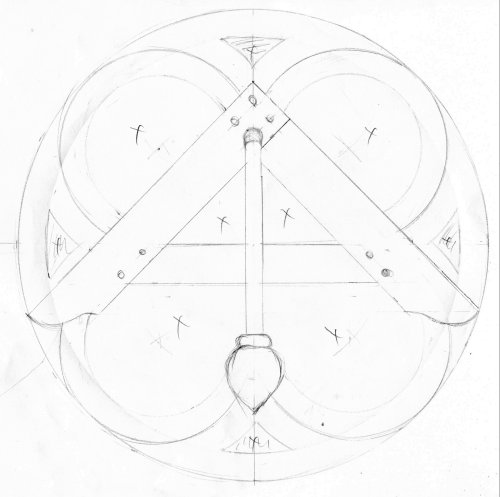

We finished the cupboard with two coats of hard burnishing oil, and has had further coats since then, to reduce issues with changing humidity.
The cupboard breaks down for transport and storage – sides, shelves and doors are held together with pegs and French cleats when in use.

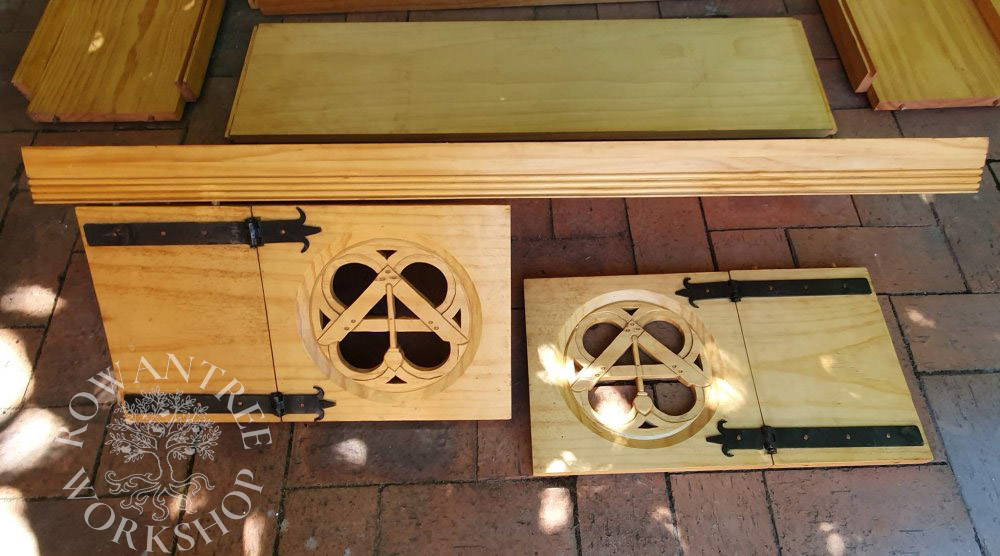
Such a tall piece needs extra stabilisation – especially on uneven ground or high wind. Two steel strap braces slot into the back of the cupboard and peg into the ground – the angle matches that of the tent walls. The shelf locks the top of the brace in postition at the top.
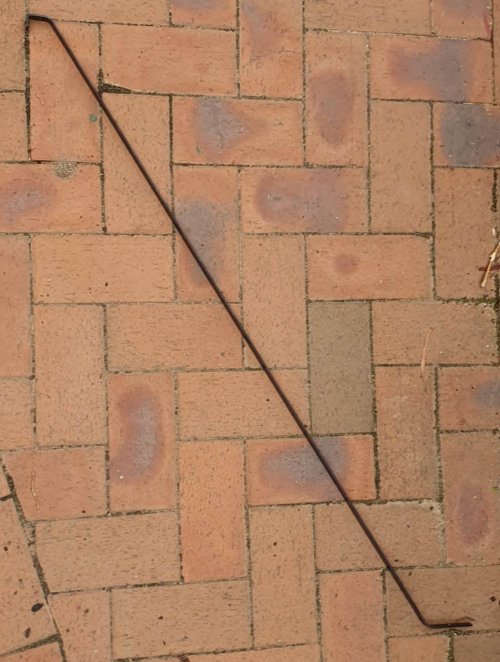
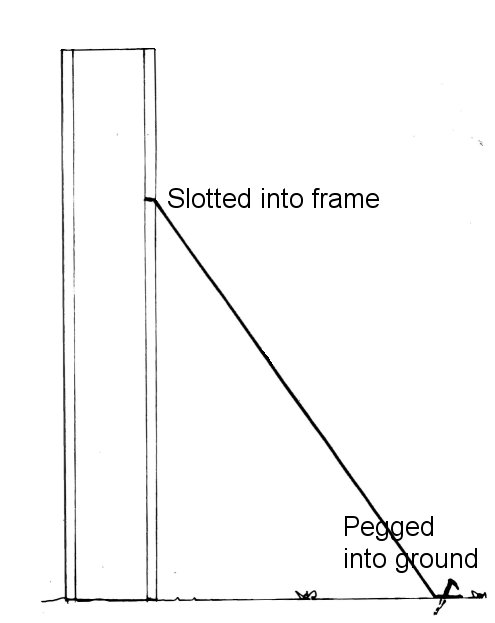
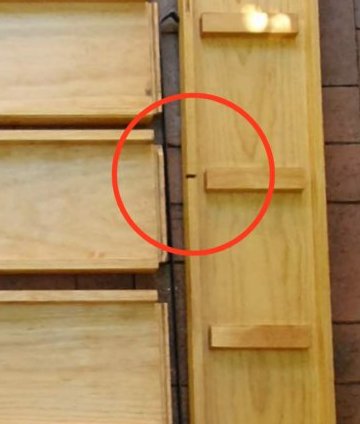
The cupboard has worked very well. It swelled in the damp of the first camp, so some of the joints needed trimming. After several outings, it is easy to put up and take down.
More Details
If you would like more detailed plans and construction process, you can download the instructions here:

